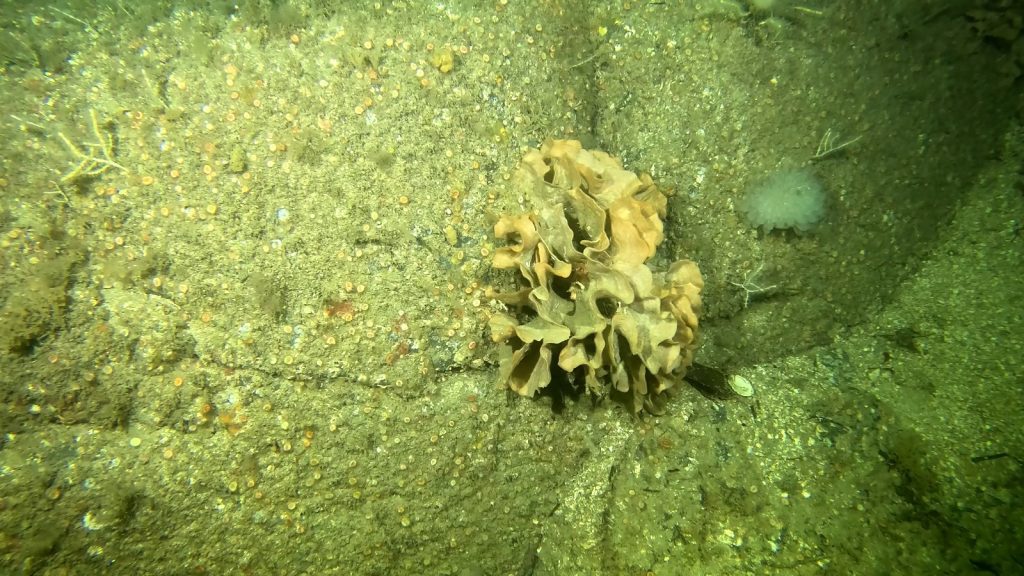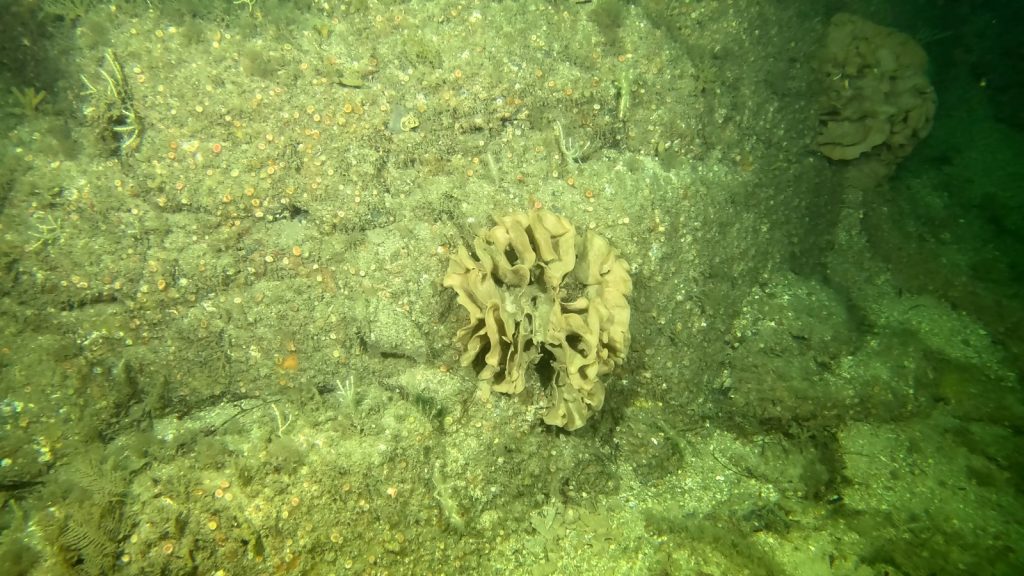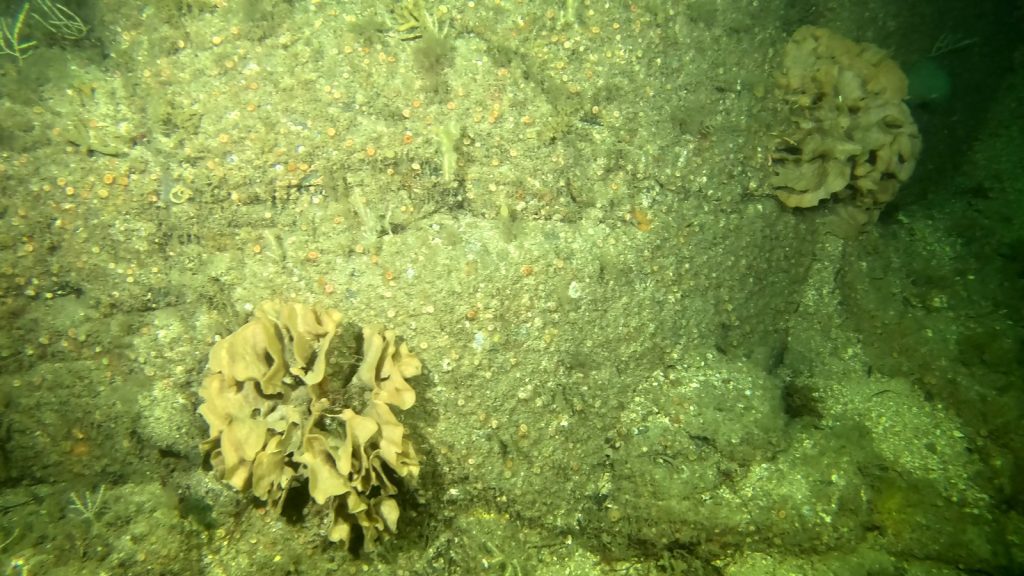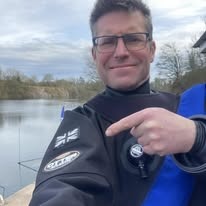Our Blog for this month discusses digital marine conservation and 3D reef modeling via Citizen science diving with photogrammetry. This featured blog is a contribution by Tim Clements. We hope you enjoy the first of many (fingers crossed) Guest Blogs. — AccuPixel Team
What Is Citizen Science Diving with Photogrammetry?
The short version of this story is where a bunch of tech divers decide to go citizen science diving, on new sites in the Sea of Hebrides, just to see what they can bring back with small survey rigs and stuff that fits in pockets. One result is a scaled model of a colonial Bryozoan, which has a carbonate skeleton that can be ‘virtually weighed’ from this model, with an estimate of carbon locked up in the skeleton following along. Since this is a pilot project, and these are divers, not scientists, or photogrammetry experts, this becomes a team effort with AccuPixel playing a key part.
Exploring the Depths: A Pilot Project in the Sea of Hebrides
Perhaps we need to set the scene a bit. I’ve been a diver involved with surveys for science for over 30 years. During that time, we’ve moved on from quadrats, string and some candle like video lights to palm sized HD action cameras, unimaginable computing power for 3D modelling and rebreathers that deliver a serious upgrade in depth and time range for science, but available to high end sport divers. That’s a recipe for pushing citizen science diving with photogrammetry onwards and downwards—into mesophotic zones and beyond traditional recreational depth limits.

Divers have always contributed to citizen science – the Seasearch programme is the gold standard in documenting the seas around the UK, contributing to many protected area designations with over 800,000 species sighting records. However, this and other sport programmes have limited themselves to 30m depth due to diving technique. Rebreathers offer the chance to extend that knowledge much deeper, but…. the gear is more complex meaning clutter is unwelcome. Step forward action cameras, small powerful lighting rigs and photogrammetry backup – the door is open for projects that can be scanned on challenging dives and output for scientists to use.
Diving into the Mesophotic zone with Marine Citizen Science Photogrammetry
A week-long trip aboard the MV Clasina aimed to test this concept by island hopping across undived sites deeper than 40 m in the Sea of Hebrides. Scientists often refer to this depth range as the mesophotic zone. The mesophotic zone has less light and supports animal-based rather than plant-based communities. What role do these communities play in overall carbon budgets, or the ecosystem as a whole? Researchers are actively seeking those answers to extend our knowledge of ocean processes.
The reefs east of Barra featured abundant colonial bryozoans, Pentapora foliacea, which are ideal for small photogrammetry models. Their convoluted carbonate structures are difficult to measure in situ. This site was a perfect candidate for citizen science diving with photogrammetry, where divers use compact gear to gather usable scientific data. Perhaps we could scan the structure carefully and create a 3D model of its convolutions. In fact, this model could help calculate the total volume. We could convert that volume into the carbonate skeleton’s weight. From there, we could estimate how much CO₂ the organism absorbed from the ocean to form it.
Software, Rebreathers, Action Cameras, and the Photogrammetry Advantage
The reef itself is beautiful – at 40m, Pentapora colonies grow to around football size every 5-6m. A scan of one colony only takes a diver a few minutes, which doesn’t increase task loading or decompression obligation. Given that, the camera was a gopro 13 with onboard lights – that size rig doesn’t interfere with safe operation of the rebreather or bailout systems. Scale bar in the pocket and everything is set for a simple scale model survey. This setup is a textbook example of citizen science diving with photogrammetry. Tick. Stephen Lawes was go for survey.

A quick check on the boat confirmed that the stills extracted from the video would align. In fact, detail of the nested fins of the colony was reproduced. Simon Brown of Accupixel had this rapidly reprocessed and scaled using Zephyr software. This kind of collaboration shows how citizen science diving with photogrammetry can deliver measurable, scientific outcomes to support digital marine conservation. Additional work was necessary to confirm the volume for the colony as 0.000672 m3. That seems very tiny, but of course an accumulation of tiny things can make a difference….
Modeling Carbon in Bryozoan Reefs with 3D Reef Modeling
Continuing with that theme, Calcium carbonate weighs 2.7-2.9 g/cm3, translating as 2700-2900kg per m3. Therefore, our colony volume has a mass of 1.814 kg, if we use the lower figure. There were many, much larger colonies spread over the reef. Thus, the weight of Pentapora alone at this location could easily be heading towards a tonne.



How much CO2 does this represent? Consequently, 44% of this weight of Calcium carbonate will be CO2. Meaning that our colony has absorbed 0.79kg of CO2 from the ocean. I had a quick spin through a CO2 calculator to work out how much CO2 we might have emitted just getting my van to the MV Clasina for the trip. The answer was around 400kg CO2. Consequently, it’ll take a vast amount of bryozoan growth to offset our diving trip, to, er, measure the bryozoan.
Can Reefs Offset Human Emissions?
Many other factors also matter, like annual growth rates and colony counts per reef.
Furthermore, we must ask how changing conditions affect these reefs. Marine scientists need to refine these assumptions for better accuracy. Researchers are already asking these questions about mesophotic coral reefs in tropical seas. But we need the same answers for temperate seas. These regions host more bryozoans and fewer coral colonies—an ideal challenge for those engaged in citizen science diving with photogrammetry.

Pentapora was just the largest colony that was easy to scan – bryozoans are actually much more abundant and widespread as other species, sometimes just as encrusting colonies where each animal is around 1mm long. However, that’s a challenge to the diving photogrammer! There are also other animals, such as Devonshire Cup Corals. Furthermore, these corals grow to about the size of a grape and appear in high abundance, especially at depth. How much CO2 do they lock up in their calcium carbonate skeletons? It’s time for teamwork.
However, can citizen science tech divers and AccuPixel contribute to that team event? Absolutely yes! In conclusion, projects like this prove that citizen science diving with photogrammetry can generate valuable data for marine research. Specifically, carbon modeling. Citizen Science can be a strong contributing component in 3D Reef Modeling and digital marine conservation.
About the Author

Tim began diving during marine science degrees in the early 1990s, followed by participation in many diving projects and surveys since. Furthermore, other highlights have included running IANTD UK, teaching tech divers and instructors, plus ensuring that Vobster Quay never runs out of bacon or tea. More recently, an enthusiasm for photogrammetry has led to new projects in citizen science, digital marine conservation, 3D Reef Modeling, and biological surveys.
![]() Keep up with us on LinkedIn here
Keep up with us on LinkedIn here
![]() Like and Follow us on Facebook here
Like and Follow us on Facebook here
![]() Subscribe to our Youtube here
Subscribe to our Youtube here